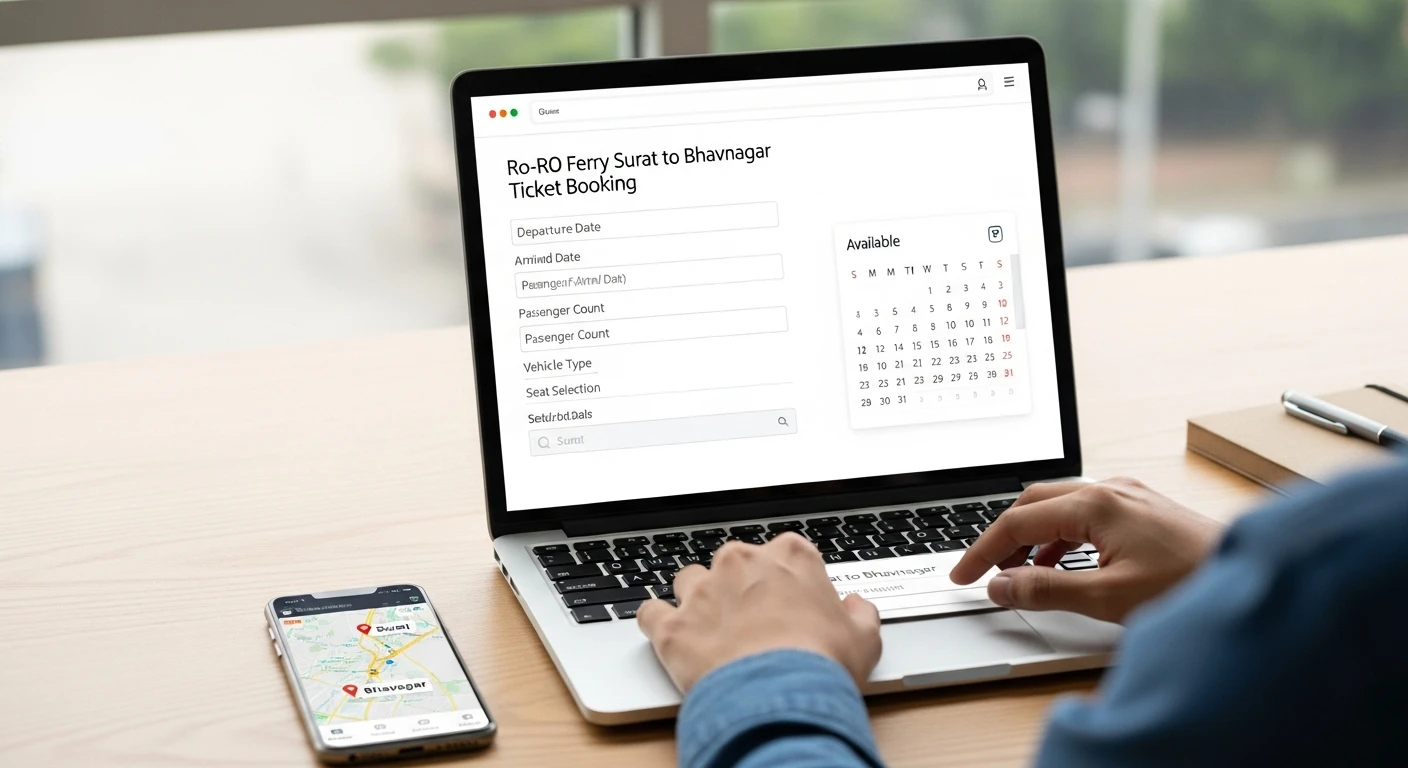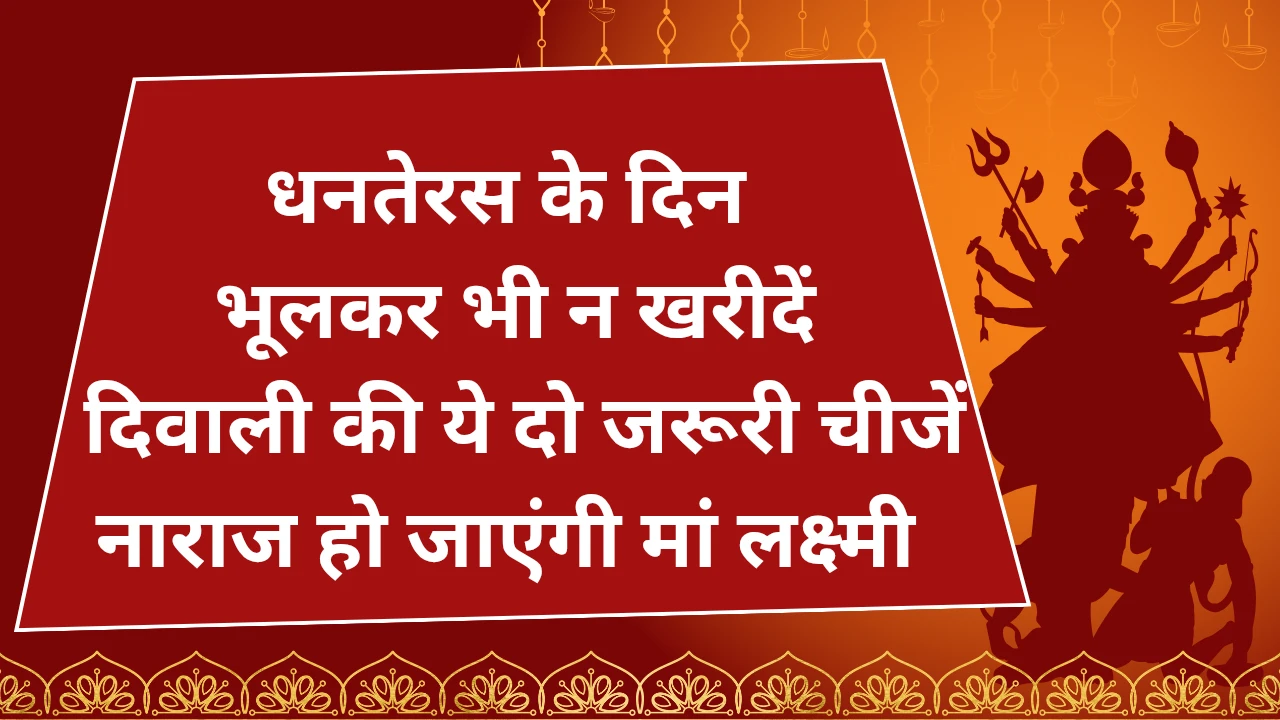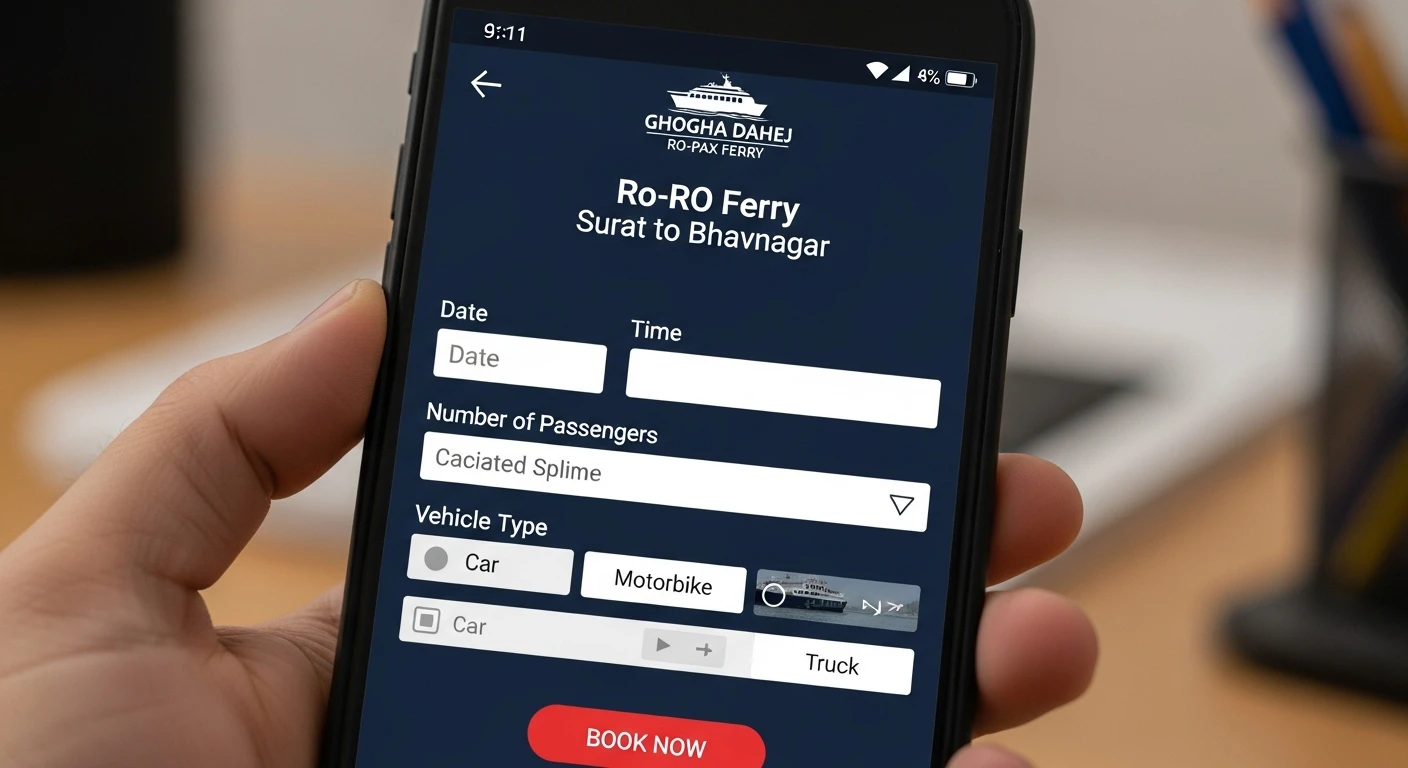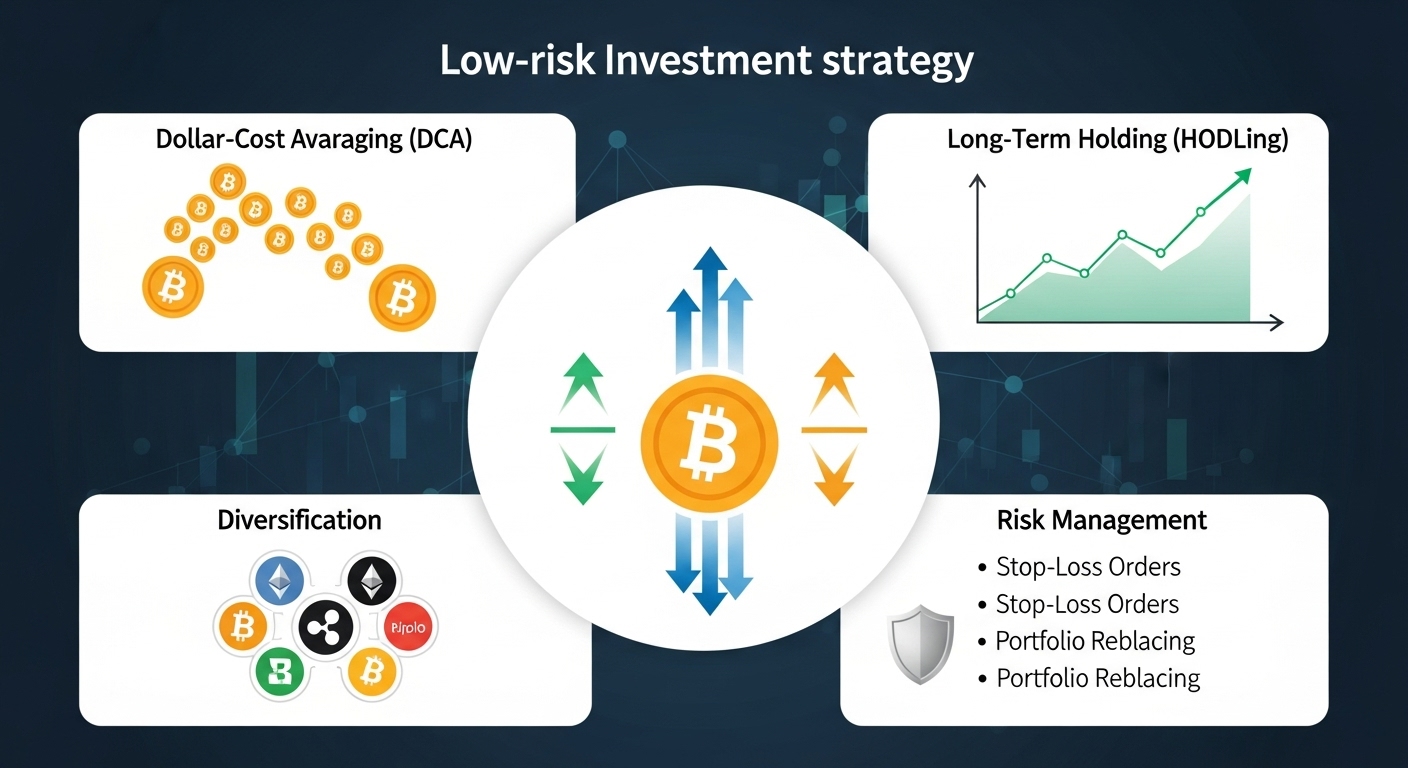The History of Bhavnagar is a fascinating journey through time, showcasing the legacy of the Gohil Rajput rulers, the rise of a strategic maritime hub, and the transformation of a princely state into an integral part of independent India. Situated on the western coast of Gujarat, Bhavnagar was once the largest and most prominent state in the erstwhile region known as Gohilwad.
Foundation of Bhavnagar
Bhavnagar was founded in 1743 by Maharaja Bhavsinhji Gohil, near the small village of Vadva. As per the Hindu calendar, the day of its foundation fell on the third day of Vaishakh. The city was named after its founder, marking the beginning of a strategically important center that would soon become the capital of Bhavnagar State.
Earlier, the region also included princely states like Palitana and Vallabhipur, which are now part of Bhavnagar district.
One of the most notable historical events was when Maharaja Shree Krishnakumar Sinhji became the first ruler in India to merge his state with the Indian Union, at the request of Sardar Vallabhbhai Patel, soon after India’s independence in 1947.
The Gohil Dynasty and Their Migration
The ruling family of Bhavnagar belonged to the Gohil Rajput clan, tracing their ancestry to the Suryavanshi (Solar) dynasty. Originally based in Marwar (Rajasthan), they faced fierce competition and conflicts, leading them to migrate around 1260 AD towards the Gujarat coast.
Over time, they established three capitals:
- Sejakpur (present-day Ranpur) – founded in 1194
- Umrala
- Sihor
Sihor became a significant seat of power until it faced repeated invasions.
Shift from Sihor to Bhavnagar
In 1722–1723, the forces of Khanthaji Kadani and Pilaji Gaekwad attacked Sihor but were repelled by Maharaja Bhavsinhji. Realizing that Sihor’s location made it vulnerable to repeated attacks, Bhavsinhji decided to shift the capital.
In 1723, he chose a site 20 km away from Sihor, near Vadva village, and established Bhavnagar. The location was selected for its strategic advantages, particularly for maritime trade. This foresight helped Bhavnagar grow into a major commercial and political hub.
By 1807, Bhavnagar State became a British protectorate, which brought both challenges and opportunities for expansion.
Maritime Trade and Economic Growth
For nearly two centuries, Bhavnagar served as a major port city, engaging in trade with Mozambique, Zanzibar, Singapore, and the Persian Gulf. The rulers ensured that the city benefited from maritime revenues, competing with established ports like Surat and Cambay.
A notable diplomatic move was Bhavsinhji’s agreement with the Sidis of Janjira, who controlled Surat’s castle, to give them 1.25% of Bhavnagar port’s revenue. A similar agreement was later signed with the British in 1856 when they took over Surat.
Expansion of Territory
The state expanded significantly during the reign of Vakhatsinhji Gohil, grandson of Bhavsinhji. His conquests included:
| Year | Conquest / Merger |
|---|---|
| 1793 | Forts of Chital and Talaja |
| Later Years | Mahuva, Kundla, Trapaj, Umrala, Botad |
| Various | Lands from Kolis and Kathis, Rajula from Nawab Saheb Ahmad Khan, Ghogha Taluka merged |
Ports like Mahuva and Ghogha also developed, further boosting trade.
The Railway Achievement
In the late 19th century, the Bhavnagar State Railway was constructed, making it the first princely state in India to build its own railway without central government assistance. This achievement was even recorded in The Imperial Gazetteer of India.
British political agent Mr. Peile described the state as:
“With flourishing finances and much good work in progress. Of financial matters I need say little; you have no debts, and your treasury is full.”
Administrative Reforms
Between 1870 and 1878, when Prince Takhtsinhji was still a minor, Bhavnagar was placed under joint administration. This period saw important reforms in:
- Revenue collection
- Judiciary
- Postal and telegraph services
- Economic policy
- Port modernization
The reforms were led by E. H. Percival of the Bombay Civil Service and Gaurishankar Udayshankar Oza, the Chief Minister of Bhavnagar State.
Royal Recognition and Legacy
In 1911, HH Maharani Nundkanvarba of Bhavnagar received the Order of the Crown of India, the highest imperial honor for women in the British Empire.
The princely state was often called Gohilwad – “Land of the Gohils” – reflecting the pride of its ruling dynasty.
Integration into Modern India
The story of Bhavnagar’s history reached a turning point when Maharaja Krishnakumar Sinhji became the first ruler to voluntarily merge his state into the Indian Union. This act of political foresight and patriotism earned Bhavnagar a unique place in India’s independence history.
Key Historical Timeline of Bhavnagar
| Year / Period | Event |
|---|---|
| 1194 | Sejakpur founded |
| 1260 AD | Gohil Rajputs migrate to Gujarat coast |
| 1722–1723 | Attack on Sihor repelled by Bhavsinhji |
| 1723 | Foundation of Bhavnagar near Vadva |
| 1743 | Official establishment of Bhavnagar State |
| 1793 | Conquest of Chital and Talaja |
| 1807 | Becomes British protectorate |
| Late 19th century | Bhavnagar State Railway built |
| 1911 | Maharani Nundkanvarba honored |
| 1947 | First princely state to merge with India |
Cultural and Economic Significance
Even beyond politics, Bhavnagar played a central role in Gujarat’s cultural and economic life:
- Ports like Bhavnagar, Mahuva, and Ghogha were vital for international trade.
- Railways boosted connectivity and commerce.
- Administrative reforms set an example for other princely states.
Bhavnagar’s strategic maritime vision kept it prosperous while neighboring states often struggled.
Also read: 79th Independence Day: Significance, Celebrations, and Historical Importance
Conclusion: History of Bhavnagar
The History of Bhavnagar is not just the story of a city—it is the tale of a visionary dynasty, strategic leadership, and progressive governance. From the migration of the Gohils to the development of maritime trade, from resisting invasions to pioneering railway construction, Bhavnagar carved a unique identity in Indian history.
Today, Bhavnagar stands as a reminder of how foresight, diplomacy, and innovation can shape the destiny of a state. Its rulers left behind not only architectural heritage and ports but also a legacy of unity and patriotism that continues to inspire generations.












